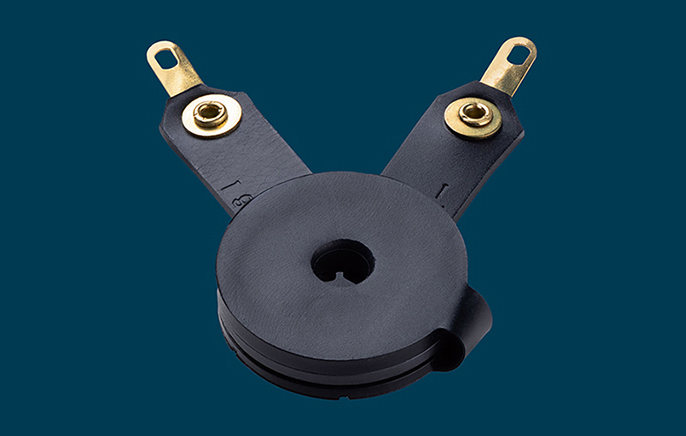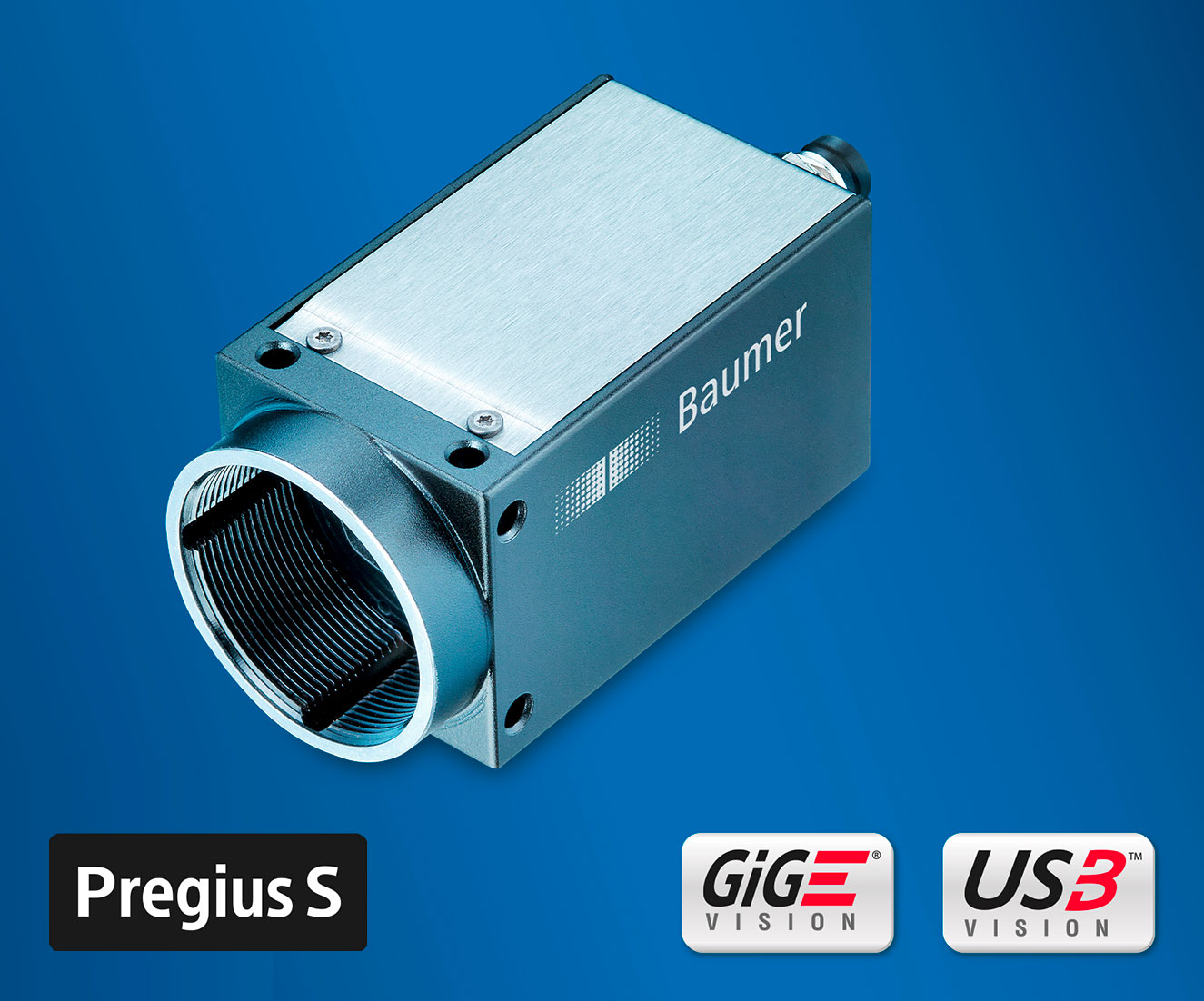Special Sensors
Intelligent electronic skin
Capacitive silicone force sensor SXTSC1 by Sateco
Through its subsidiary, Sateco XT AG, Sateco is breaking new ground and adding the capacitive
silicone sensor SXTSC1 to its portfolio of established keypad systems. The elastomer sensor works
according to the capacitive operating principle and can continuously measure both touch and
compressive force.



The SXTSC1 silicone sensor is available in different variants.
The dimensions can be adapted project-specifically
The dimensions can be adapted project-specifically
Den
The SXTSC1 silicone sensor is available in different variants.
The dimensions can be adapted project-specifically
The dimensions can be adapted project-specifically
The sensor is soft and flexible, can be shaped three-dimensionally, and is suitable for various applications
such as automotive, VR, AR, gaming, robotics, medical technology, and general industry.
Both the sensor's footprint and dimensions can be freely designed. As a result, it can be customized to curved
surfaces and integrated seamlessly between the body structure and surface. This enables an ergonomic design of
input devices, prostheses, and exoskeletons both on small and large surfaces.
Novel operating and
The sensor combines two measurement functions in one component. It can detect the approximation of a body part
at a short distance and precisely measure its exerted force as well. This keeps the combination compact and
enables predictive operating and measurement systems. Silicone is gentle on the skin. Optional texturing of the
surface can make it even more comfortable to wear. Silicone is chemical and temperature-resistant with regard to
food. When used as a measuring cell, the sensor can be easily integrated directly in the surface away from a
circuit
board using electrical connectors.

